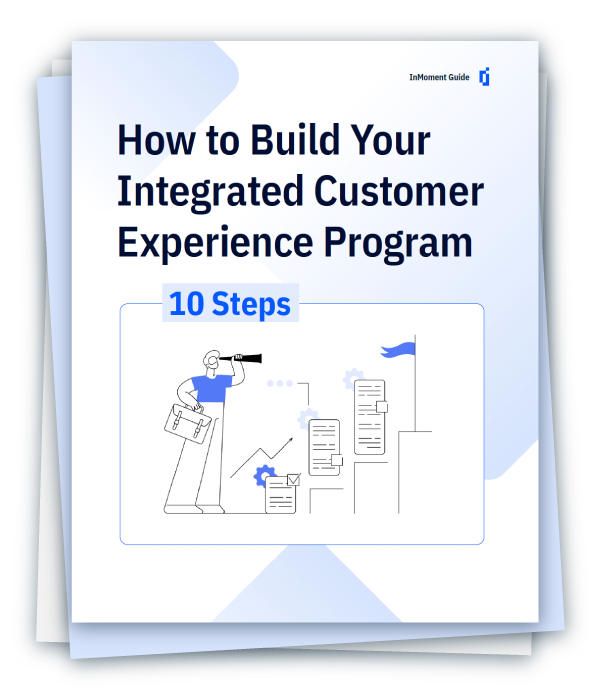
Cross-selling and upselling have formed the bedrock of brand aspirations for their existing customer base for a long time now. For several years, it was also one of four economic pillars (along with customer acquisition, customer retention, and lowering cost to serve) my colleagues and I used to frame customer experience (CX) programs for our clients. Using these pillars allows companies to spell their programs out in financial terms, which is essential to quantifying their impact and gathering support.
While cross-selling and upselling existing clientele is certainly important, there’s actually a much more holistic (and ambitious) way to approach new business opportunities within your customer base: drive customer lifetime value (CLV). Focusing on driving customer lifetime value won’t ‘just’ help with identifying upselling opportunities—it will facilitate and create deeper human connections with customers and ensure mutually beneficial relationships built on Experience Improvement (XI). Let’s take a closer look.
Casting a Wider Net
Keeping customers around for as long as possible to sell them as much as possible is a great aspiration, but as I’m sure you’re aware, it’s much easier said than done. However, I’ve been advising companies on this very topic for a long time, and while it’s not simple, what follows are a few best practices that can help you continuously and consistently achieve that goal in ways that are mutually beneficial to you and your clients.
First, if you haven’t already, expand the data sources that you use to understand what your customers are saying and how they perceive you. Many of the brands I’ve worked with for a long time are slowly coming to the realization that they cannot stick solely to surveys or another singular data source to get customer insights and input. And, while surveys will continue to be important, they only give you part of the picture. Expanding your data repertoire to such sources as purchasing data, location-tracking data, web searches, social media, and online reviews is a must.
Next, it’s vital to take the long view when looking at your customer relationships. This may seem like an obvious tip, but you might be surprised at how many brands get caught up in the lure of “what can I sell you today?” without considering what seeds to plant for even more success tomorrow. Equally important is to understand how your competitors view this dynamic and what, if anything, they’re also doing to be proactive when it comes to building lifetime value.
Letting Customers Tell Success Stories
If there’s one thing I loved doing when I was on the client side as a CX program owner, it was telling stories. I can speak from experience when I say that letting customers do the success storytelling is an amazingly powerful way to build lifetime value with them. Good storytelling can bring numbers to life, further personalize customers’ experiences, and it gets attention because customers and even employees generally relate more to stories told by, well, other customers.
Executives and program stakeholders love customer-told success stories too. Letting customers do the talking helped me gain mindshare, helped me secure budget, and created the sponsorship that I needed to help make my program better. This strategy also helps executives feel a human connection to your CX program; they love to hear stories about how the organization created a meaningfully improved experience for another person.
The Customer Lifetime Value Journey
The tips I’ve outlined here will help you start (or jump-start) your customer lifetime value journey, but how do you keep the ball rolling? What other methods out there can brands and organizations leverage to go beyond ‘just’ cross-selling and upselling?
You can find all of that and more by clicking here and reading my latest point of view article on customer lifetime value. You’ll learn what else your organization needs to do to create Experience Improvement and a more human connection to your existing customers!





